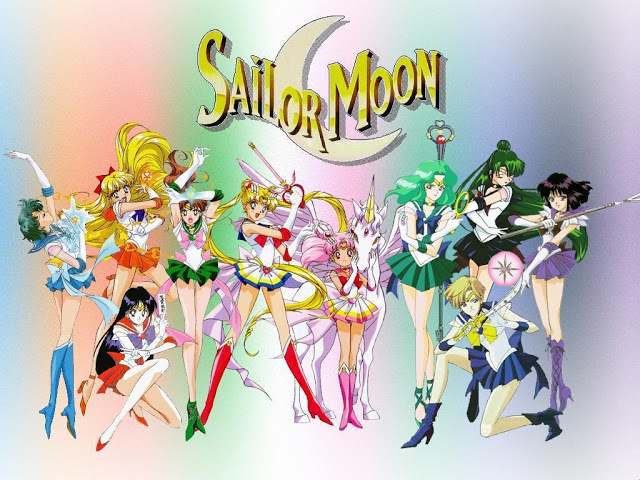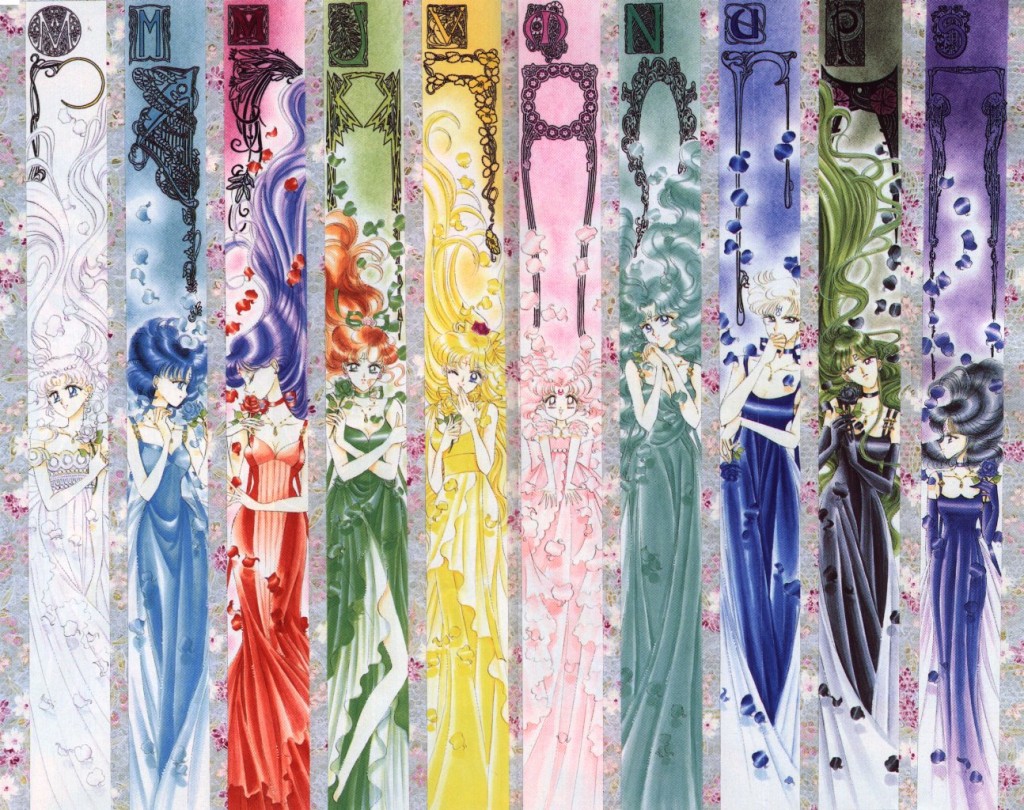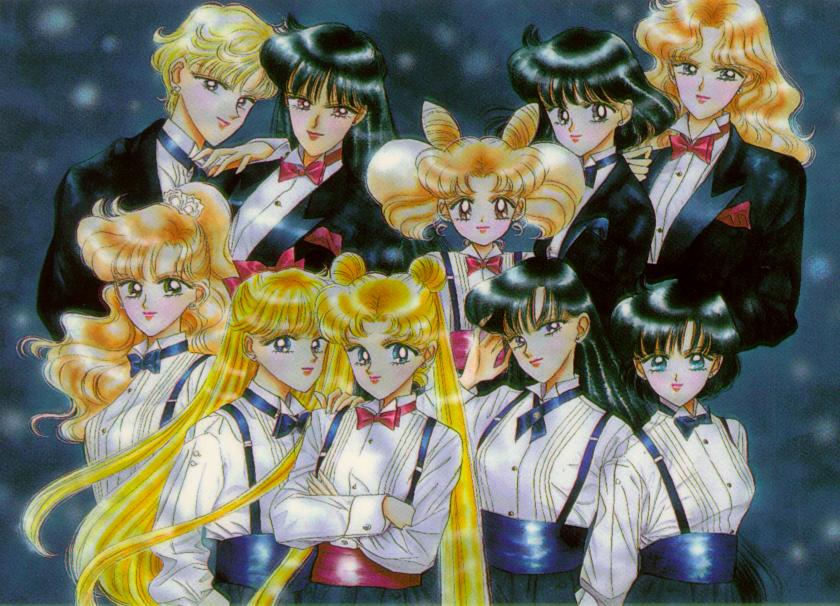A writer named Alexander left this comment on Erica Friedman’s post about Sailor Moon. I thought I’d reprint it here.
Sailor Moon, for me, really gave me the foundation to learn how to be strong as I got older. As a transgender male, it was extremely difficult to come to terms with who I was and stop trying to force myself into believing that my body made me a girl despite the sinking feeling that it was all wrong, and I doubt I ever would have come to accept myself as quickly as I did (though it did take years), had I not had the values of believing in oneself, staying strong, and speaking out for what was right embedded in my heart by this beloved series, a series who also offered a collection of strong, brave mentors and role models. All of the characters breaking through the typical gender binaries really encouraged me in a time I couldn’t find it in myself to accept who I was or what I was going through. Sailor Moon also helped me significantly in dealing with others’ perception of me due to the fact that my boyfriend of two years (and best friend of six) are both transgender males and ridiculed for it on both sides(those who think we’re in a lesbian relationship, those who realize we’re both guys in a relationship.) Characters like Uranus (who, as a transman, I looked up to enormously growing up and felt my heart glow for when Neptune said in a scene in the manga that Uranus shared both male and female traits) and Neptune who, though oppressed by censorship and paranoid parental figures, loved so fearlessly and beautifully that it was impossible not to see its depth, characters like FishEye, who, though he or she was often rejected or taunted, continued to dream and aspire and express them self, characters like the Starlights, who broke all rules in regards gender, particularly during the anime (though manga Seiya will always be dear to my heart)… They were all characters who reflected aspects of who I was that I would never be able to accept in myself, but who allowed me to accept and even respect through their brilliance and inspiration. There we also the others. Hotaru, who, though abused, mistreated, and abandoned by so many for her differences, continued to strive to be a good person and to love. Minako, the leader who struggled to live up to the pedestal she had been placed on by her duty to her princess and friends. Rei, whose fierce personality taught me that it was alright to actually speak up for yourself. Makoto, who was often misjudged and seen as a bad person due to childish rumors and misunderstandings, and yet never fell into the persona others had attached to her. Ami, whose quiet demeanor often left her to toil with her emotions and insecurities alone, and yet made her mature. Setsuna, who saw the possibility of doom ever-present on the horizon, and yet continued onward with hope for a better tomorrow. Chibiusa, whose innocence never faltered, and whose love was unconditional and everlasting, even when bittersweet. The Amazon Quartet, whose wish to hold on to their childhood and fear for what dangers becoming an adult held for them led them into darkness in the anime, and finally, Usagi, whose love was never severed by hate or rage, who fought for all, even if it meant her own suffering or even death, whose experiences made her even warmer rather than bitter, who held no bias in her heart even for those who had wronged her, and who taught me that being mature didn’t mean letting go of your inner child. Honestly, I can go on and on, but I know I’m talking too much. My point is that I truly do believe that Sailor Moon played a significant role in making me who I am today, and without it, I’d probably be pretty lost. I love Sailor Moon. I am a transguy, and I am not afraid nor ashamed to proclaim that.






